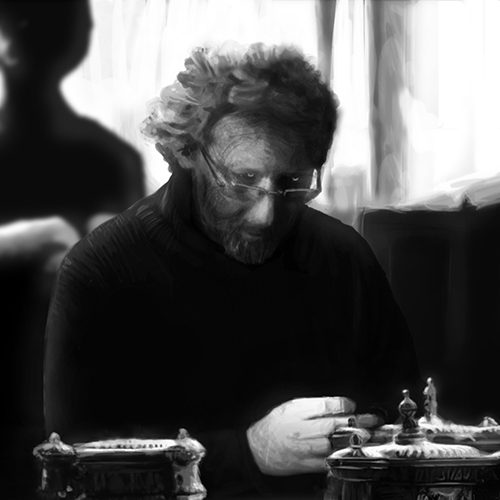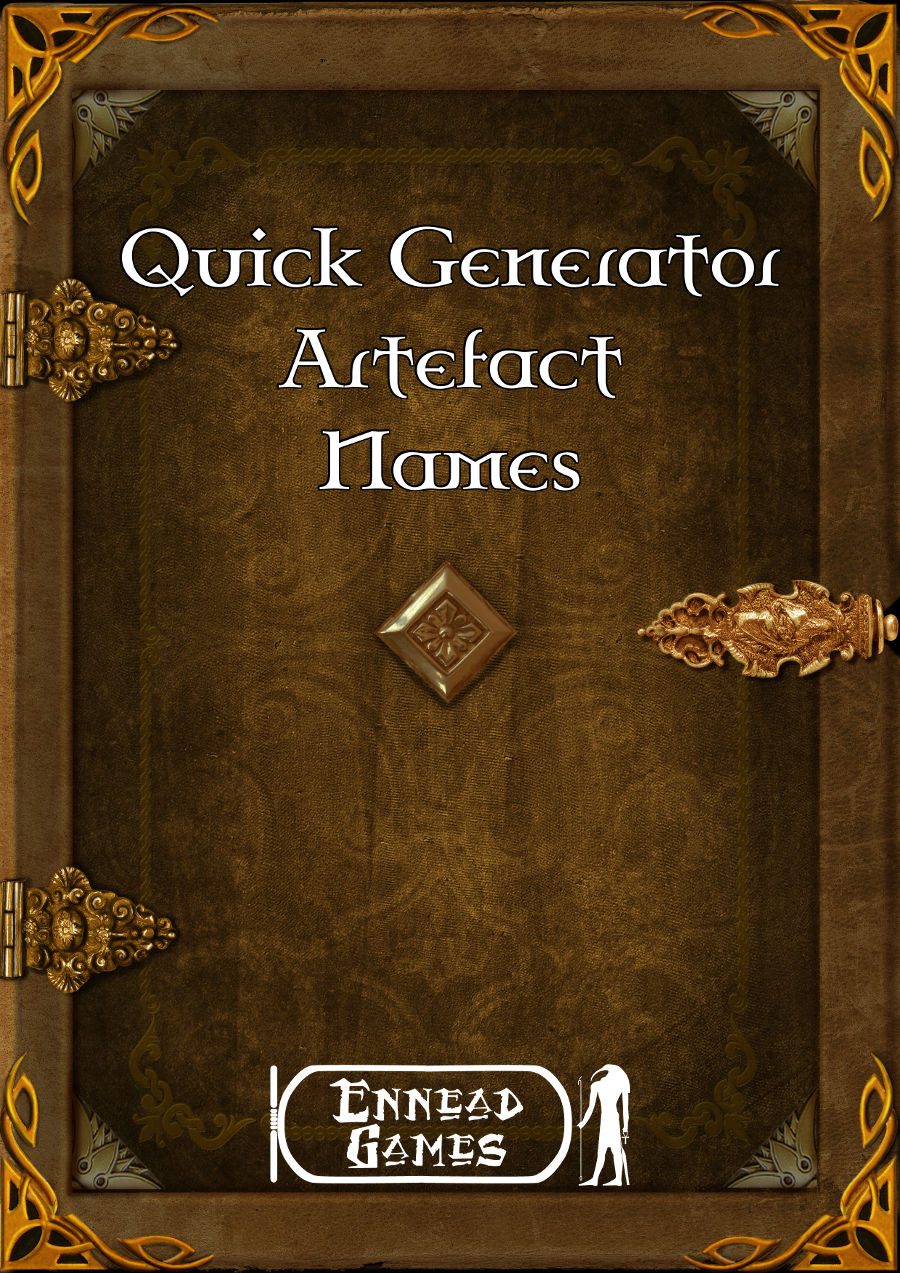
A Midsummer Night’s Game: Shakespearean Faeries in RPGs
Phil Nicholls blogs at Tales of a GM, where he writes about narrative gaming, faster prep and more story. He is currently running a HeroQuest Glorantha campaign in a home-brew setting. Phil has written for Johnn Four’s Roleplaying Tips newsletter and has a selection of self-published pdfs.
This essay is taken from the archives at Tales of a GM.
This essay examines Shakespeare’s most fantastical play: A Midsummer Night’s Dream (1596). Does this 421-year old play have anything of interest for the GM of today?
A Midsummer Night’s Dream
The exact date of this play is unclear, but it was probably first performed in 1595 or 1596. It is an example of a Shakespearean comedy, and features an almost farcical set of circumstances when some mischievous faeries interfere in matters of love.
Game Elements
A close reading of the text provides several components we can use in a game. The Seelie and Unseelie Courts are common tropes of those fantasy based on Celtic themes. A Midsummer Night’s Dream has competing faerie royalty, and includes both fae magic and moonlit revels.
While the plot itself is probably not suited to a standard RPG, the play is littered with characters and details which can be used in a game. Listed below are a few ideas I found in the text.
King of Fae
Oberon is King of the Fae, “king of shadows” and unable to endure the light of the sun. He starts the play “fell and wrath” over an attendant recently acquired by the Queen. Oberon wants the boy:
Knight of his train, to trace the forests wild;
The Queen refuses his jealous demands for the attendant, and counters with allegations of his own infidelities. It is evident that both monarchs are guilty of carousing in the manner of Greek Gods. Oberon tries to exert his regal authority and command the Queen to obey him, then resorts to enchanting her with a love potion when she refuses.
Oberon is so fond of this trick, that he orders Puck to use the same potion on some human lovers. Inevitably, this goes awry as the “wrong” humans fall in love. While Oberon is not malicious, he is the instigator behind the chaotic events within the woods.
By the end of the play, however, Oberon’s love for the Queen overcomes his jealousy. He regrets the trick he played upon her, and the pair are reunited. I give King Oberon the following abilities in HeroQuest 2, adjust to your own system as desired:
- King of Shadows
- Lord of the Wild Hunt
- Jealous Lover
- Command Obedience
- Mischievous Pranks
Queen of Fae
Titania, Queen of the Fae, is fond of dancing, music and song. During the play, Oberon enchants her to fall in love with a weaver called Bottom. Previously Bottom was mischievously transformed into a donkey-headed man by Puck.
Despite these many trials at the hands of the King, Titania remains sweet-tempered. She has her entourage of faeries bring food for Bottom, and readily forgives Oberon his jealousy and tricks. She is certainly not Shakespeare’s strongest female character, but she does epitomise the joyful nature of the Seelie Court. In terms of HeroQuest 2, I give Queen Titania the following abilities:
- Queen of the Moon
- Entourage of Faeries
- Music and Dance
- Mental Strength
- Kindly Disposition
Puck
The most active faerie in A Midsummer Night’s Dream is Puck, the chief agent of King Oberon. He is described as:
that shrewd and knavish sprite
It is Puck who creates mischief in the woods, although all at the command of Oberon. Puck turns Bottom into a donkey-headed man, as well as making various characters fall in love with the wrong person. Puck is very much a trickster character, and I describe him in HeroQuest 2 as follows:
- Knavish Sprite
- Transform into Object
- Royal Jester
- Change Human Appearance
- Flower Magic
Faerie Entourage
The royal court of Oberon and Titania is not covered in great detail in the play, but both are followed by an entourage of assorted faeries. Those named in the Queen’s train are Peaseblossom, Cobweb, Moth and Mustardseed, but the presence of more is noted. Oberon only speaks with Puck, his instrument of chaos, while the Queen has much more interaction with her followers.
The primary occupation of the Queen’s entourage is to amuse her with “dances and delight”. Before she sleeps, Titania asks for “a roundel and a fairy song”, and she tries to pacify jealous Oberon in with a similar amusement:
Titania If you will patiently dance in our round, And see our moonlight revels
These activities are very reminiscent of the actions of the Mirkwood elves, as observed by Bilbo. In terms of HeroQuest 2, I would give the Queen’s followers these abilities:
- Faerie Entourage
- Dance by Moonlight
- Sing Fae Enchantment
- Charm Insects
- Serve Queen
Midsummer Magic
The Elizabethans believed in a “Midsummer Madness”, caused by the hot weather. Many of the events in A Midsummer Night’s Dream could be attributed to this heat-induced “madness”, yet there is plenty of magic too.
As noted above, Puck is the primary source of magic in the play. He is capable of all sorts of illusions and disguises, mostly aimed at causing embarrassment to the victim. The single greatest use of magic is when he transforms Bottom’s head into that of a donkey. As Titania later kisses Bottom’s long ears, the transformation must be a physical one, and not just an illusion.
Puck wreaks greater chaos in the woods with his love potion created from a flower at Oberon’s bidding. The juice of this flower, once squeezed into a person’s eyes, makes them fall in love with the next living thing they see. Oberon enchants Titania in this way, and Puck spreads discord among the human lovers abroad in the woods.
A broader theme of A Midsummer Night’s Dream is the magic found in the woods, in contrast to the mundane, human world of the city. A deserted wood by moonlight is a magical place, and the presence of the faeries only underlines this. Other instances of magic are mentioned in the play, especially in connection with Titania’s faerie entourage. However, it is Puck who has the central role of magical trickster.
Conclusion
I hope you have enjoyed this brief romp through A Midsummer Night’s Dream. There are many interesting ideas here for using traditional faeries in an RPG, along with some great language.
How would you use this play in your game? Have you tried to adapt a play as a plot for your game? Share your thoughts with your fellow GMs in the comments below.
Happy Gaming
Phil
For more essays from Phil, and updates about his latest campaign, visit Tales of a GM.




2 thoughts on “[Tales of a GM] – A Midsummer Night’s Game: Shakespearean Faeries in RPGs”
Comments are closed.